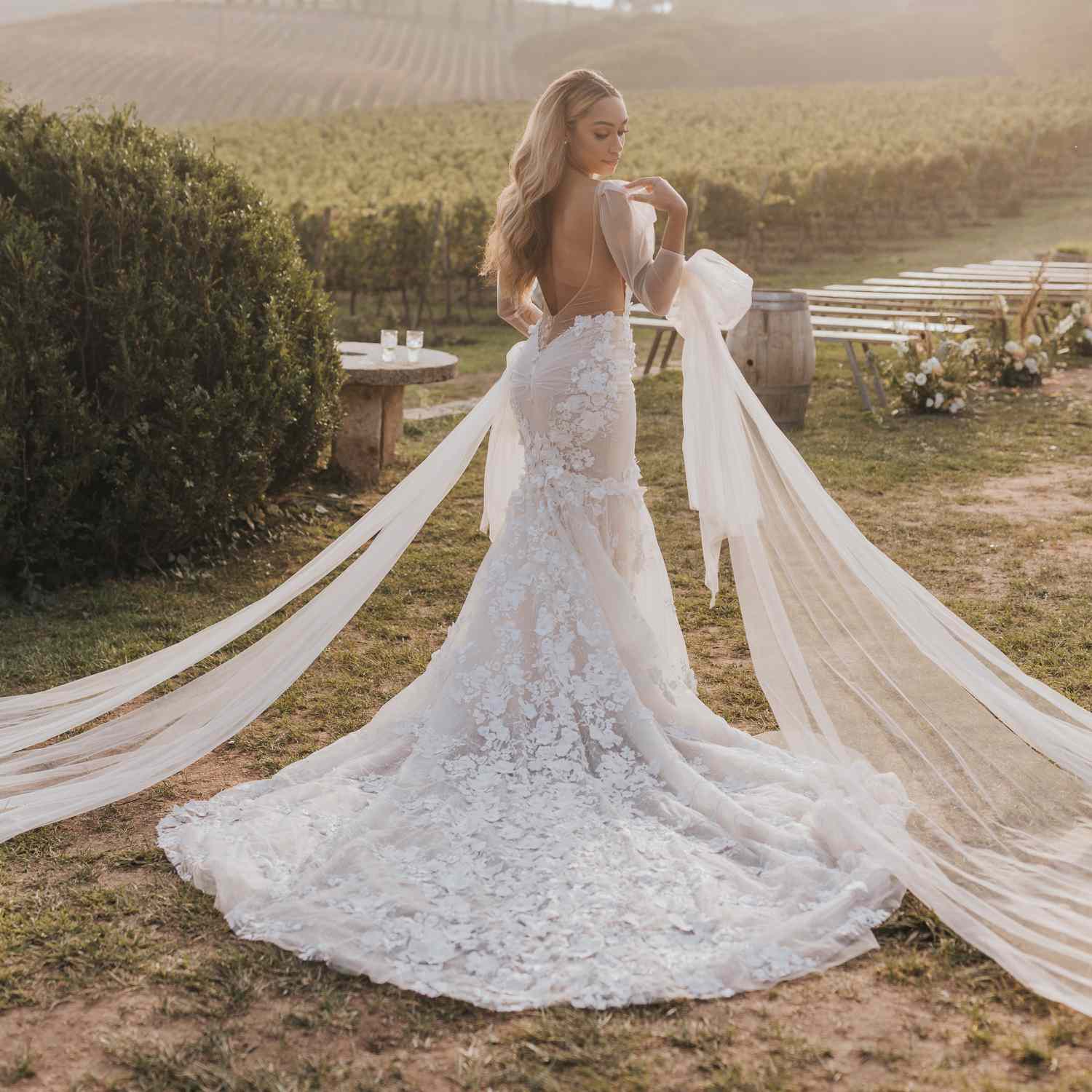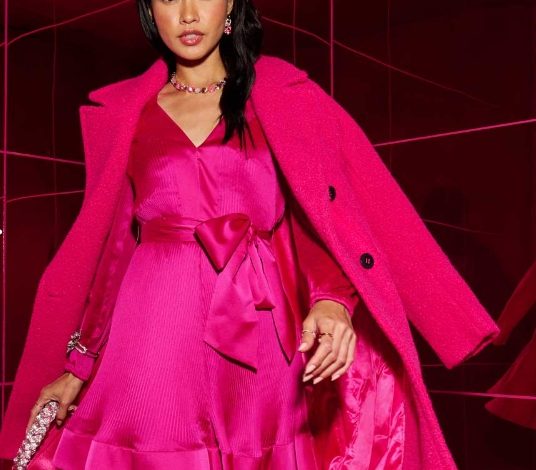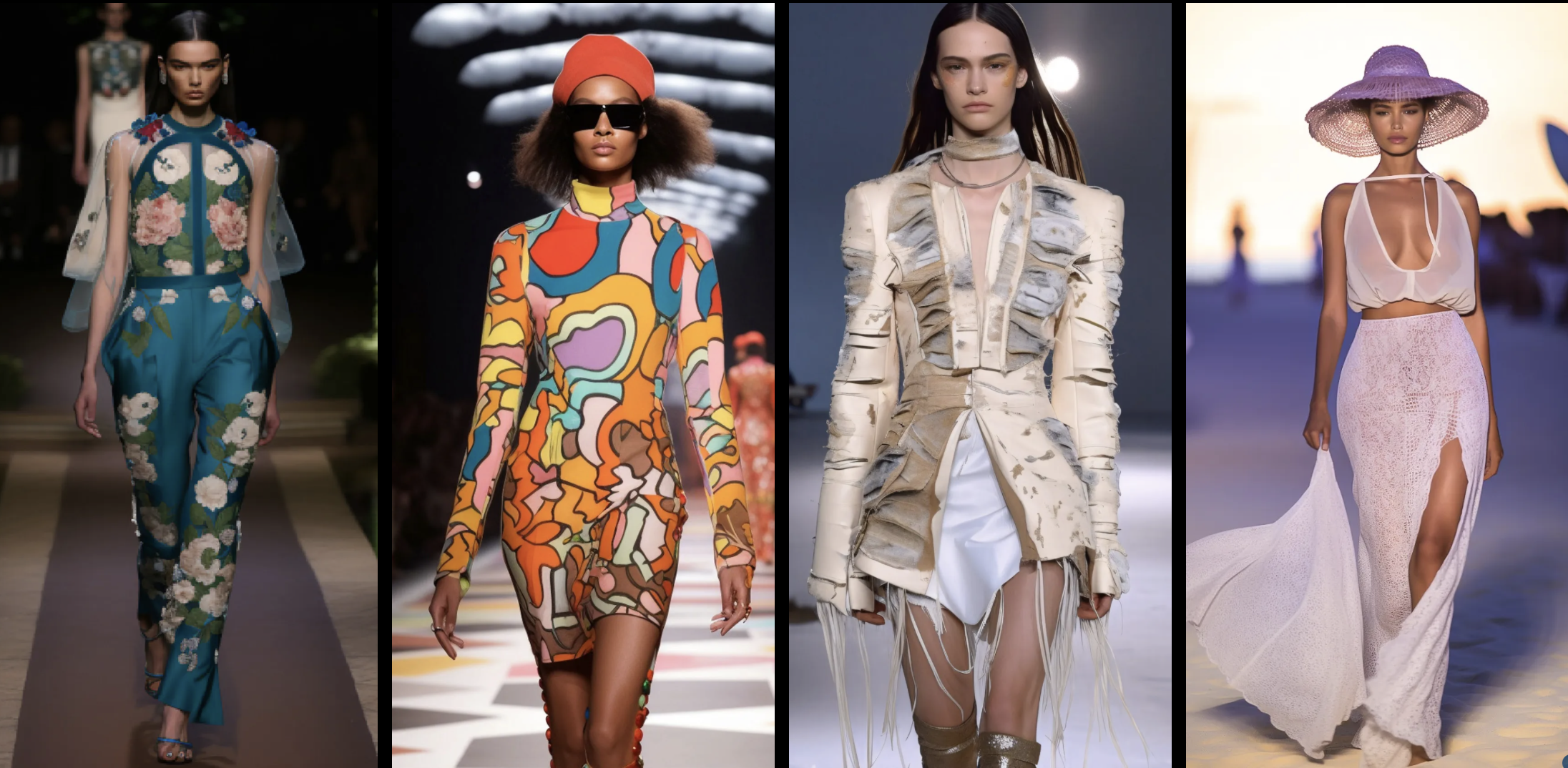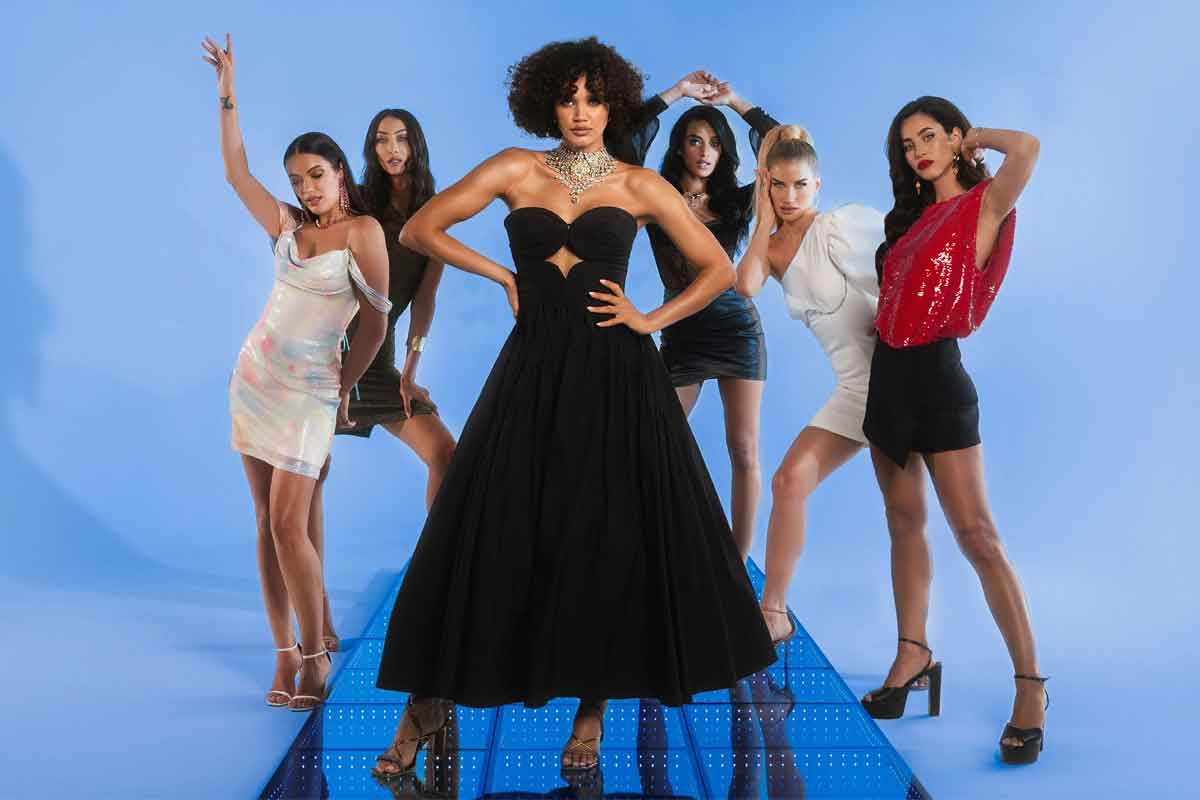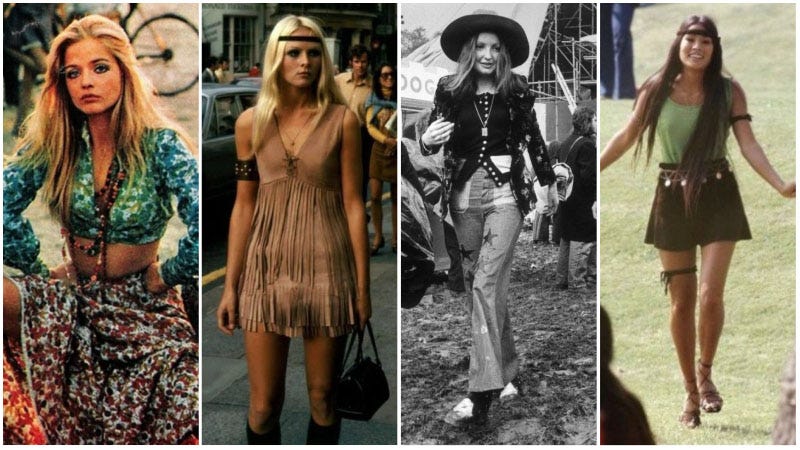
The Social Movements Behind 1970s Hippie Fashion
Do you ever find yourself looking at old photographs and wondering what life was like during a different era? I often catch myself doing just that, especially when it comes to 1970s fashion. There was something enchanting about the bohemian allure of that time, with its vibrant colors, flowy fabrics, and carefree attitude. But have you ever wondered what stories lie behind those iconic hippie fashion trends?
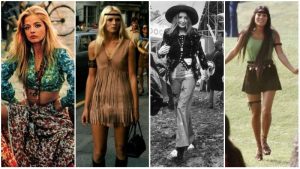
The 1970s was a time of significant social, political, and cultural upheaval. The civil rights movement and the anti-war protests were still fresh on everyone’s minds. People were searching for new ways to express themselves and rebel against traditional norms. This desire for change was deeply intertwined with the rise of the hippie movement, which was fueled by a collective yearning for peace, liberation, and individual freedom.
Hippie fashion became a visual representation of the counterculture’s beliefs and values. It rejected mainstream fashion trends and embraced a more laid-back and natural aesthetic. Flowing maxi skirts and dresses, peasant blouses, bell-bottom pants, and tie-dye prints were just a few of the key elements that defined hippie fashion. But these fashion choices were more than just a way to look cool and trendy—they were a form of self-expression and a means of bringing about social change.
One of the most significant factors influencing 1970s hippie fashion was the rise of the feminist movement. Women were breaking free from traditional gender roles and asserting their rights in society. Clothing became a way for women to express their independence and challenge societal beauty standards. The androgynous style, featuring unisex clothing like denim overalls and oversized shirts, became popular among both men and women. The purpose was to blur the lines between gender and promote equality.
Another major driving force behind the fashion choices of the time was the growing environmental movement. The hippie philosophy of living in harmony with nature naturally translated into fashion. Natural fibers like cotton and linen were favored over synthetic materials, promoting a more sustainable approach. Handmade clothing and accessories became popular, not only for their unique and bohemian charm but also for their lower environmental impact. Vintage and thrift store shopping also gained popularity as a way to reduce waste and support the idea of reusing and recycling.
The anti-war movement was another significant influence on 1970s hippie fashion. Many people were protesting against the Vietnam War and the military-industrial complex. As a result, military surplus clothing, such as army jackets and cargo pants, became fashionable symbols of resistance. Wearing these items served as a visual statement against war and imperialism, expressing a desire for peace and a rejection of violence.
Music played a crucial role in shaping 1970s hippie fashion as well. The rise of rock music and the popularity of music festivals like Woodstock and Glastonbury created a sense of community among like-minded individuals. People adopted the fashion styles of their favorite musicians, from the wild stage outfits of Jimi Hendrix to the bohemian chic of Stevie Nicks. Along with the music came a spirit of rebellion and nonconformity, which was reflected in the bold and unconventional fashion choices of the era.
Looking back on the social movements that influenced 1970s hippie fashion, it becomes clear that it was about so much more than just superficial trends. It was an expression of ideals—equality, peace, and the desire for a better world. The clothes people wore were a form of protest, a rejection of mainstream values, and a celebration of individuality.
Today, the spirit of the 1970s hippie fashion lives on in various ways. The bohemian style continues to inspire designers and fashion enthusiasts, reminding us of the power in embracing our uniqueness and fighting for what we believe in. As we reflect on those vibrant and free-spirited years, we must remember that fashion is not just about looking good; it’s about making a statement, sparking conversations, and creating change. So, let us channel our inner hippie and use our fashion choices to promote the social movements we believe in. After all, clothing has the power to be both personal and informative.

